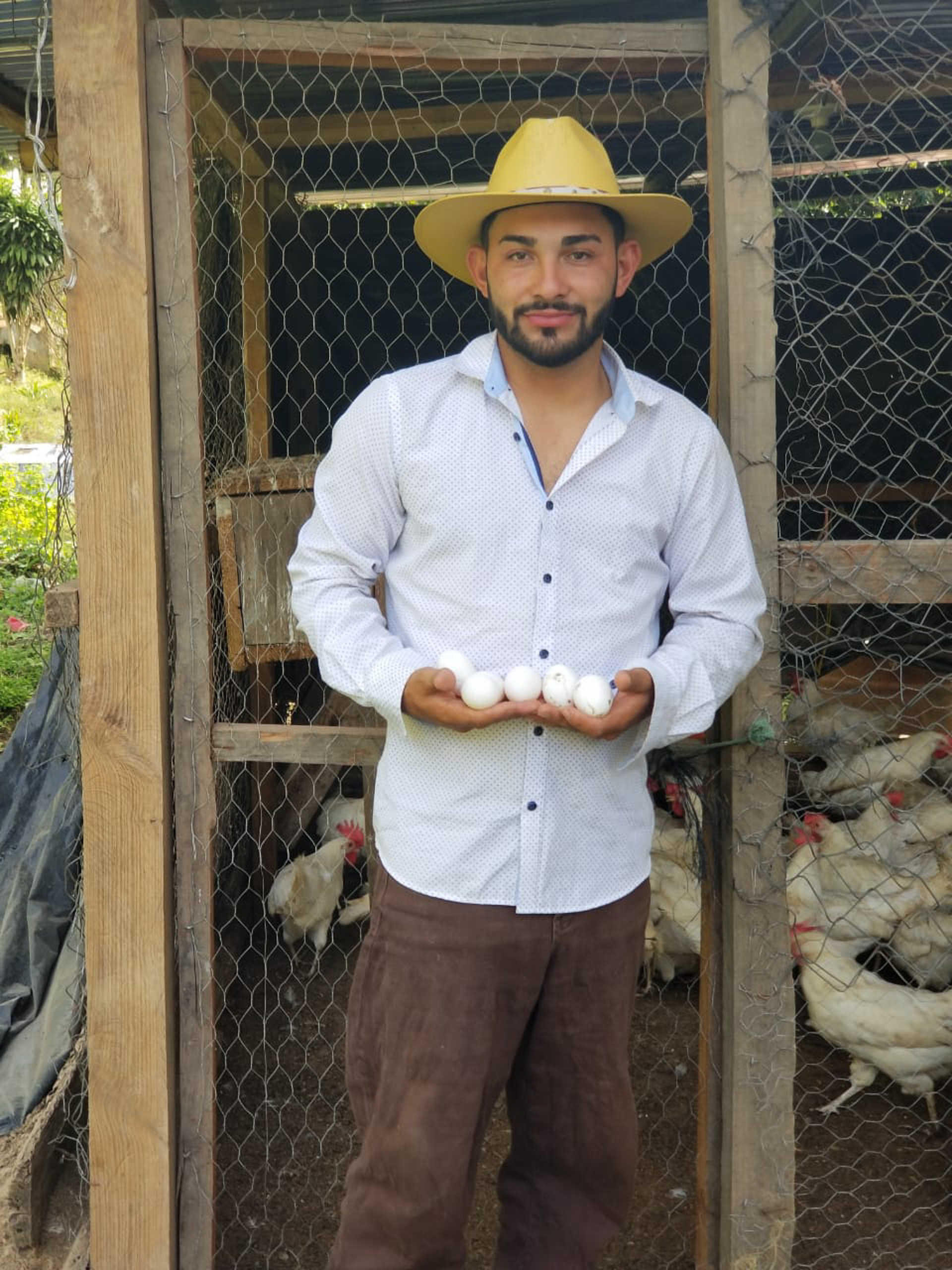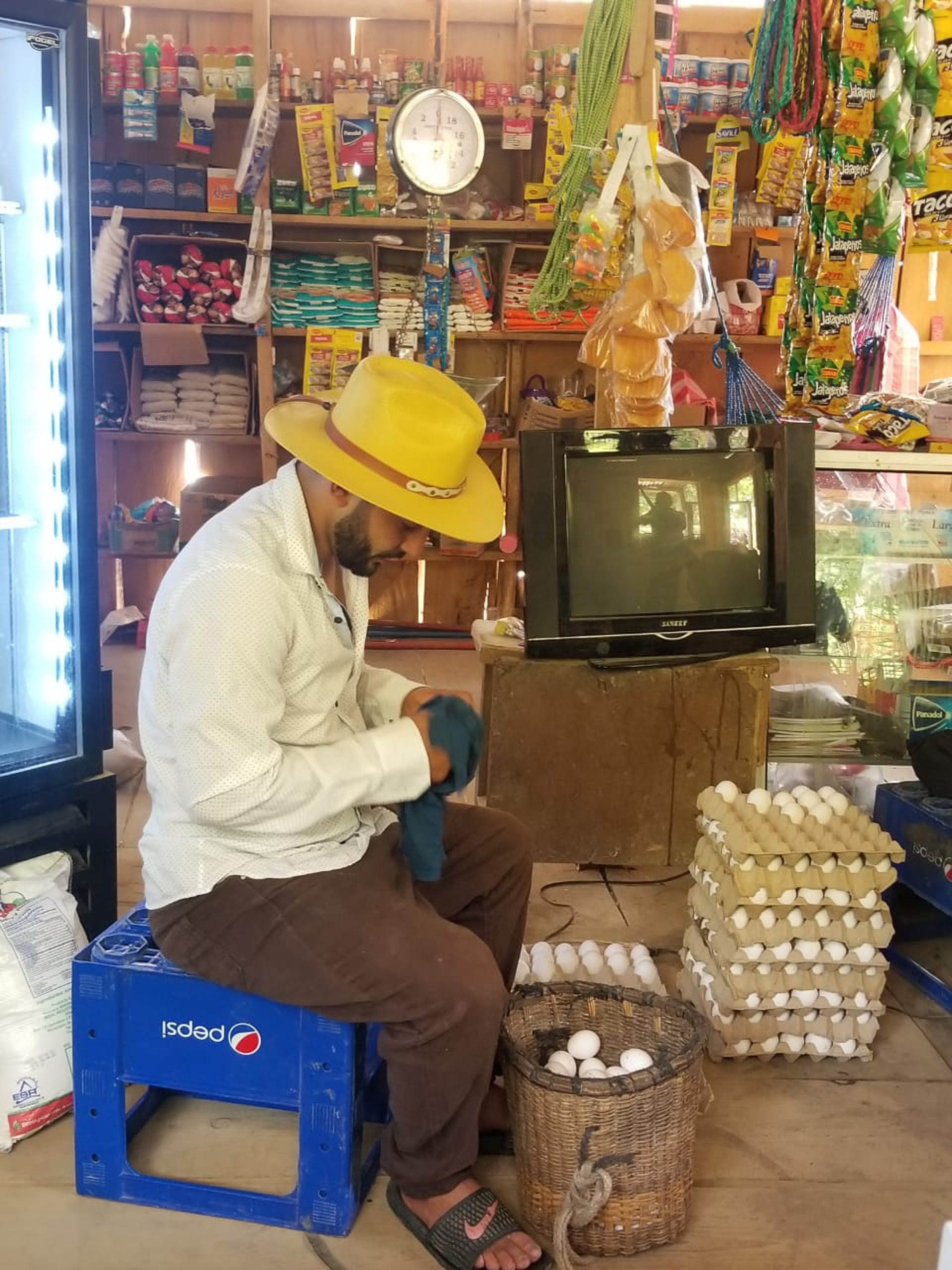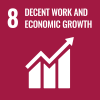Cofradía/Villanueva/Chamelecón, 10 April 2023 – “Due to the lack of job opportunities in Honduras, I decided to leave my town and my family to go abroad,” recalls Miguel Ayala, a Honduran migrant originally from Cofradía, in the north of the country. “Not knowing what awaited me, I became another victim on the migration route and lost both legs.” After the accident, Miguel returned to his town and, like many, faced reintegration challenges.
Pedro Madrid, a young man from the municipality of Villanueva, also in the north of Honduras, decided to join one of the mass flows of people who left the country a few years ago. His goal was to provide his family with economic stability. However, after a long journey, he saw how his path was filled with obstacles that put his life at risk. He decided not to continue, returning to the country shortly after that.
While returning allows people to reconnect with their roots, reintegration is not always easy. It is a longer-term process linked to reversing the factors that led people to migrate irregularly; for some, it is fraught with difficulties.
On the one hand, not achieving the goal and witnessing or experiencing situations where human rights are violated have strong repercussions on individuals' psychosocial health. On the other hand, people may face difficulties in providing for themselves and their families.


Pedro Madrid says that the simple fact of telling his family that he would leave the country was extremely hard. He now has a chicken farm and a motorcycle shop. Photos: IOM Honduras/S. Lagos
Returning and finding that the social or economic conditions that prompted them to migrate remain the same can lead to feeling completely hopeless.
This happened to Jenny Vásquez, who, before the COVID-19 pandemic, migrated from Honduras to Spain, where she cared for elderly people. In November 2020, while in Madrid, she received the terrible news that Chamelecón, her hometown, had been severely hit by the effects of tropical storms Eta and Iota.
“That motivated me to return to Honduras, my children were still here, and after what happened, I felt I had to be with them. I was shocked by how the rains damaged everything,” recalls Jenny. “However, it was very complicated at first, I didn’t know how to start again from scratch.”
According to the Consular and Migration Observatory of the Government of Honduras, the number of returnees increased to 88,555 people in 2022, almost 62 per cent more than in 2021. Mexico and the United States were the countries from where most Hondurans returned.
In the last decade, Honduras has made significant progress in creating mechanisms and infrastructure to provide immediate attention to people arriving there, evidenced by the implementation of Migrant Return Centres (CAMR).
However, the main challenge for the Central American country is to generate more lasting responses so that people assisted in the CAMR achieve sustainable reintegration.
“Reintegration can be considered sustainable when returning people have reached a level of economic self-sufficiency, social stability within their community, and psychosocial well-being that allows them to cope with the factors that motivate people to migrate,” explains IOM’s Chief of Mission for El Salvador and Honduras, Nicola Graviano.

Jenny says that the beauty salon has allowed her to generate the necessary income to support her family and she wants to expand it in the future. Photo: IOM Honduras/E. Canales
The Global Compact on Migration makes a strong call to facilitate sustainable reintegration into the community life of returning migrants by granting them identical access to protection and social services, justice, psychosocial assistance, professional training, employment opportunities, and decent work.
For this reason, with the support of the United States Agency for International Development (USAID), the International Organization for Migration (IOM) in Honduras implements the Comprehensive Migration Response Programme in Central America. One of its areas of focus is generating livelihoods for people returning to Honduras through training processes, psychosocial support, skills development, and the purchase of materials for the launch of micro-enterprises. This is done through the involvement of local governments, strategic partners, and the private sector.
“I never lost hope of moving forward,” says Miguel Ayala, as he molds the parts to form one of the chairs that he produces in his carpentry workshop. He is one of the beneficiaries of this programme and obtained seed capital to start his own business as a carpenter.
On his part, Pedro Madrid, with great emotion, talks about his new ventures. “I managed to establish my motorcycle sales business and a chicken farm that produces eggs that we sell in my wife’s grocery store.”
Meanwhile, at her home in Chamelecón, Jenny Vásquez has established her own beauty salon where she attends to her clientele daily.
Around the world, thousands of people return to their communities with great uncertainty. Like Miguel, Pedro, and Jenny, in 2022, IOM supported about 2,000 returnees or community members with technical employment strengthening or seed capital for their ventures.
“After returning home, the process was not easy, but today I can say that, thanks to the success of my ventures, I have achieved the economic independence that I had always aspired to,” says Pedro with a sparkle of joy in his eyes.
This story was written by Erick Escoto and Ismael Cruceta of the Communications and Public Information Unit of IOM Honduras.



